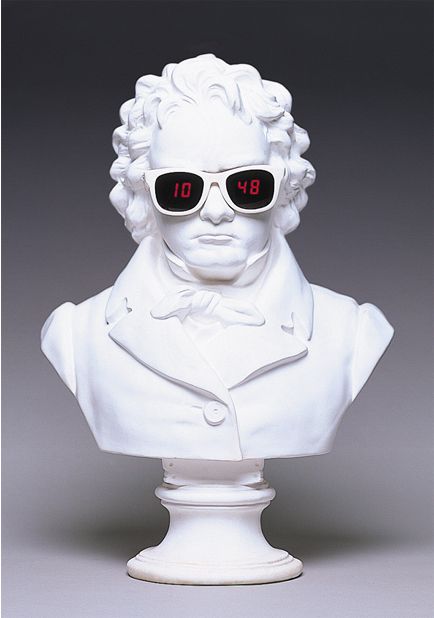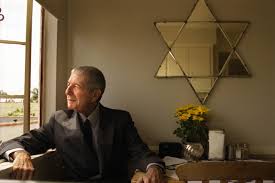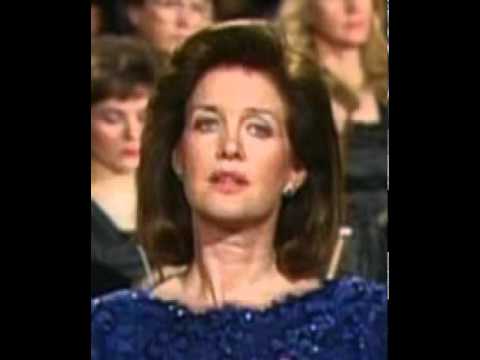Welcome to the 119th work in the Slipped Disc/Idagio Beethoven Edition
Andante favori, WoO 57 (1803-4)
Having intended this piece as a middle movement for the Waldstein sonata, Beethoven was upset when someone suggested it was too long, upsetting the balance of the work. After shouting and ranting for a while, Beethoven woke up next morning realising his friend was quite right. He junked the Andante from the sonata, only to issue it a couple of years later as a drawingroom showpiece. It was an instant hit, so much so that Beethoven appended ‘favori’ to the title to signify its popularity – or so the legend goes.
Knowing that Beethoven never took structural decisions lightly, there may have been more to the story – possibly a link to his failing pursuit of Josefine Brunsvik, one of his distant beloveds, or a faint similarity to a theme in a Haydn sonata. Whatever the reason, the piece is easy to play and hard to interpret in any manner that breathes individuality. I am drawn to a 1950 account by the Hungarian composer Ernö Dohnanyi, who flicks off the theme like a piece of fluff on his coat collar, intimating that he could write better himself. Arrogance is not always a detriment to a composer.
The Russian Sviatoslav Richter is, as you’d expect, all furrowed brows and hidden depths but with such plangent beauty in its dynamic shifts that you want to listen to the Andante three times at a go to see how he does it. The Japanese-German Alice Sara Ott has a pleasing light touch. Slowest is the noble Chilean Claudio Arrau who may fall asleep once or twice without anyone noticing over the course of 12 minutes. Ronald Brautigam clips through it on a fortepiano in under 9 minutes. Rudolf Buchbinder in less than 8. My secret favorite? The underrated French pianist Anne Queffelec who plays without having to score any points at all.
The Eyeglass duo WoO 32 (1796-7)
The full title of this work is ‘Duet for Viola and Violoncello in E flat major with eyeglasses obbligato’. It’s some sort of insder joke between Beethoven, who played the viola and his friend Baron Nikolaus Zmeskall, a keen cellist and daytime diplomat at the Hungarian Chancellery. Zmeskall would sneak Beethoven writing materials from the Chancellery’s stationery cabinet. Maybe Beethoven wrote the cello part in very small writing to show he was using the paper efficiently. The work was unknown until 1912.
The account everyone must hear is by the German composer Paul Hindemith, one of the great viola virtuosos, and his brother Rudolf. Although they only recorded the first movement (there are two), you get a tremendous sense of domestic music making in which the better player reins himself in to accommodate a weaker brother, all the while egging him on to play better than he knows how. This recording is totally treasurable and you won’t find it anywhere accessible except on Idagio’s streaming service.
The modern virtuoso Tabea Zimmermann gives a gleaming performance with Maria Kliegel, marred only by unsubtle acoustics that proved steadily wearing on my ears. From a fairly small clutch of releases, I would pick the Salzburg violist Veronika Hagen who, with her cellist brother Clemens, gives the impression of having a spontaneous and enjoyable family conversation in business-class DG sound.

Three Pieces for Musical Clock WoO 33a (1797)
We do not know to this day what kind of mechanical clock Beethoven was writing for, whether a Flötenuhr or a Spielühr, both of which can be found in Viennese junk-shops and auction houses. The machine was a novelty item that told the time with a musical theme. Mozart had one of these and Beethoven must have had an eye on the same trinket market. In concert, it can be played on a variety of instruments; there are also transcriptions for church organ.
The flute-and-harp version sounds like a deathless masterpiece in the hands of Jean-Pierre Rampal and Marielle Nordmann. The violin-piano pairing by Anne-Sophie Mutter and Lambert Orkis is deadly serious. Simon Preston goes all spooky on the organ of Tobbridge School Chapel. I guess you’re going to have to hear all three.
Variations in A major on ‘Quant’ e più bello’ by Giovanni Paisiello for Piano WoO 69
Variations in G Major on ‘Nel cor più non mi sento’ by Giovanni Paisiello for Piano WoO 70
The Italian composer, whom Napoleon installed in Paris, would surely have vanished from posterity had Beethoven not taken a fancy to two of his arias in 1795. Neither theme lays any claim to profundity, the first having an almost childlike naivety. Alfred Brendel captures it well.
The second, in G major, proved so catchy that other composers followed Beethoven in exploiting it. Paganini wrote variations on the theme for violin, Sor and Giuliani for guitar and Bottesini for double-bass. Beethoven’s variations lend themselves to all sorts of moods, from romance to rage, while staying closely within the narrow lines of Paisiello’s original theme. Not exactly an earworm, but fairly adhesive. Two contrasting interpretations leap out for me – by the troubled British pianist John Ogdon and by the Russian Mikhail Pletnev. But my current favourite is Angela Hewitt’s 2020 release on the Hyperion label, not yet on Idagio.
Gesang der Mönche WoO 104
Abschiedsgesang, Part song WoO 102
And finally something completely different: Beethoven’s sentimental songs for male ensemble. The first is a monks’ chant for Schiller’s play William Tell, the second a sentimental farewell song to a pal who was leaving town.
And an exquisite little wedding song, WoO105, written in 1819 and sung here incomparably by Hermann Prey.



